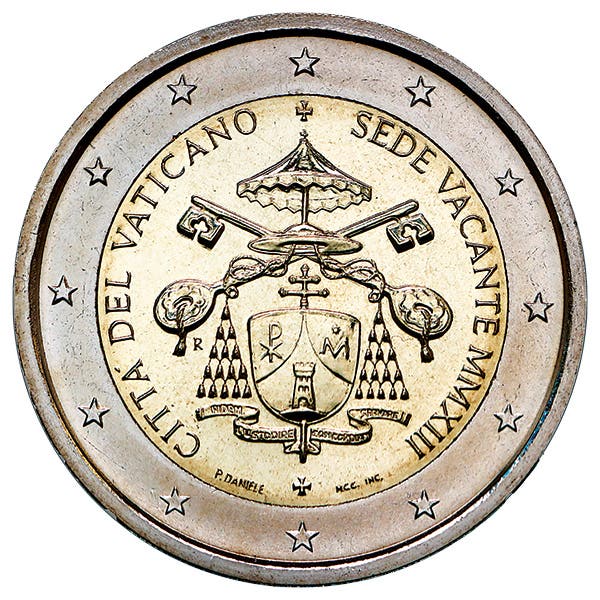The Pasty Hoard Serves Up a Slice of 11th-Century Life
The lead package of silver coins—found during Sizewell C excavations—uncovers tales of a kingdom in flux
During excavations for Sizewell C, which is under construction on the Suffolk coast, archaeologists from Oxford Cotswold Archaeology (OCA) unearthed a fascinating find: a lead and cloth package containing 321 silver coins in mint condition, dating to the 11th century.
OCA archaeologist Andrew Pegg made the discovery. "I was shaking when I first unearthed it, seeing a single coin edge peeking at me," he said, "a perfect archaeological time capsule."
The small lead bundle is barely bigger than a Cornish pasty and has been affectionately nicknamed "the pasty" by the archaeologists. It appeared on the new season of Digging for Britain on BBC2 on January 7, 2025.
This discovery sheds new light on the social and political turbulence of the 11th century, particularly the uncertainties brought about by the coronation of Edward the Confessor in 1042. Edward’s ascension marked the end of a tumultuous period of Danish rule in England, ushering in a reign that struggled to reconcile competing factions within the kingdom. The increasing tensions between the Anglo-Saxon nobility, Scandinavian settlers, and the growing Norman influence created an atmosphere of instability. These divisions ultimately culminated in the Norman Conquest of 1066.
The package may have belonged to a local figure anxious about the shifting power dynamics of the time. It is believed that people buried their wealth as a safeguard against potential upheaval or threats to their livelihood. Such hoards were common during periods of uncertainty and reflected the fears of those living through such unstable times.
Oxford Cotswold Archaeology Coin Specialist Alexander Bliss said, “This new coin hoard provides us with valuable insight into the rich historical backdrop of this period, adding to the evidence that Edward the Confessor’s accession to the English throne was marked by a degree of uncertainty and concern within wider society.
Analyzing this new coin hoard has been a wholly collaborative effort involving valuable input from multiple specialists and project partners in the fields of numismatics, finds, and conservation. To play a small part in bringing its story to life has been an honor and a privilege.”
The find mirrors other discoveries in the region, such as the Hasmonean coin hoard recently uncovered in Israel, which similarly reflects a society navigating significant political and cultural transitions. In both cases, these hoards provide invaluable glimpses into the everyday lives and concerns of people facing dramatic societal change.
You may also like:
Kele Johnson is the Editor of Kovels Antique Trader magazine and the Digital Content Editor of Active Interest Media's Collectibles Group. Her captivation with collectibles began at a young age while dusting her mother’s McCoy pottery collection. She admits to a fondness for mid-century ceramics, uranium glass, and ancient coin hoards. Kele has a degree in archaeology and has been researching, writing, and editing in the collectibles field for many years. Reach her at kelejohnson@aimmedia.com.








